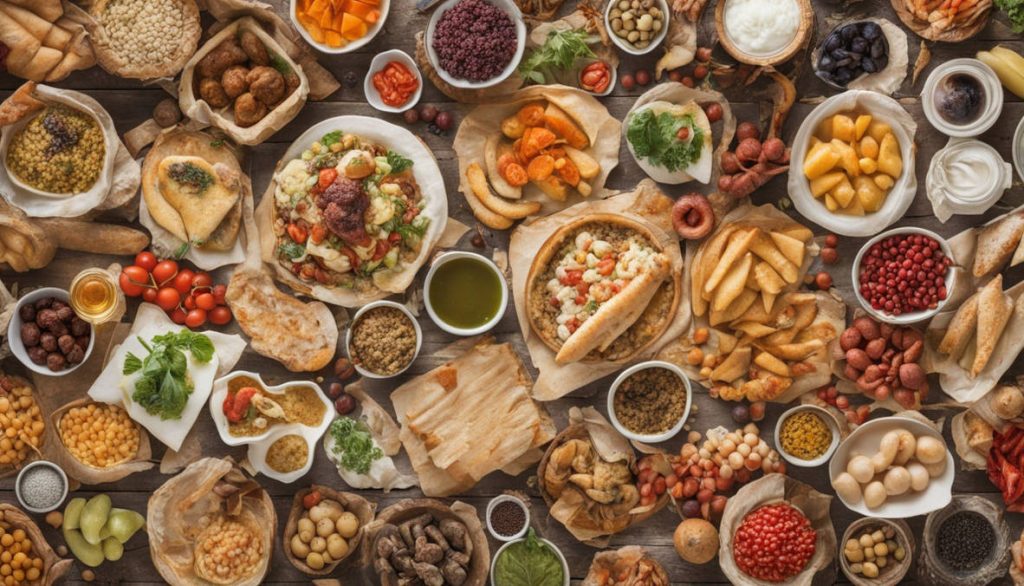India is the world’s largest producer and exporter of rice in India, supplying high-quality rice to international markets. With a rich agricultural heritage, advanced processing facilities, and strict quality control measures, Indian rice exporters play a vital role in meeting the global demand for premium rice varieties. From fragrant Basmati rice to non-Basmati rice, India’s rice exports contribute significantly to the global food supply. This article explores India’s rice export industry, the factors that make Indian rice the best choice, and the role of top rice exporters in maintaining quality and sustainability.
India’s Position as a Global Rice Exporter
1. Largest Producer and Exporter
India accounts for nearly 40% of global rice exports, supplying to more than 150 countries worldwide. The country’s diverse climate conditions allow for the production of multiple rice varieties, making India a key player in the international rice market.
2. Varieties of Rice Exported from India
A top exporter of rice in India supplies different types of rice to meet the varied demands of international consumers. Some of the major categories include:
- Basmati Rice (1121 Basmati, Pusa Basmati, Traditional Basmati, Golden Sella, White Sella, Steam Basmati, Brown Basmati)
- Non-Basmati Rice (IR 64, Sona Masoori, Swarna, Ponni, Matta, Parmal)
- Organic Rice (Organic Basmati and Non-Basmati varieties)
Why Indian Rice is Preferred Globally
1. Superior Quality and Aroma
Indian Basmati rice is renowned for its extra-long grains, delicate aroma, and exquisite taste, making it a preferred choice for international cuisines.
2. Sustainable and Ethical Farming Practices
Many Indian rice exporters focus on sustainable farming techniques, ensuring minimal environmental impact while maintaining high yields. Organic rice cultivation is also gaining traction in global markets.
3. Advanced Milling and Processing
Top exporters of rice in India invest in state-of-the-art milling and processing units to ensure rice is free from impurities, meets international food safety standards, and retains its nutritional value.
4. Strict Quality Control Measures
Reputed exporters adhere to global certifications such as:
- ISO 22000
- HACCP (Hazard Analysis Critical Control Point)
- FSSAI (Food Safety and Standards Authority of India)
- APEDA (Agricultural and Processed Food Products Export Development Authority)
- FDA (for US exports)
Role of Leading Rice Exporters in India
1. Global Supply Chain Management
A successful exporter of rice in India ensures efficient logistics and supply chain management, delivering rice to destinations across the Middle East, Africa, Europe, the USA, and Southeast Asia.
2. Customized Packaging Solutions
To cater to different markets, exporters offer customized packaging options ranging from bulk packaging (50kg bags) to consumer-friendly retail packs (1kg, 5kg, 10kg) with private labeling services.
3. Competitive Pricing
Indian rice exporters provide competitive pricing due to large-scale production, direct sourcing from farmers, and optimized processing costs. This ensures affordability while maintaining premium quality.
4. Adherence to International Trade Regulations
A reputed exporter of rice in India complies with import regulations of different countries, ensuring smooth customs clearance and on-time delivery to clients worldwide.
How to Choose the Best Exporter of Rice in India
1. Experience and Market Reputation
Selecting an exporter with years of experience and a strong market reputation ensures quality assurance and reliability.
2. Certifications and Quality Standards
Always verify whether the exporter holds essential food safety certifications to ensure compliance with global standards.
3. Ability to Handle Bulk Orders
An established rice exporter should have large processing units and storage facilities to handle bulk export orders efficiently.
4. Transparency in Sourcing and Pricing
Reliable exporters maintain transparency in sourcing from farmers, processing techniques, and pricing, ensuring trust and long-term business relationships.
The Future of Indian Rice Exports
1. Growing Demand for Organic Rice
With an increasing preference for chemical-free, organic food, Indian rice exporters are focusing on expanding their organic rice exports to meet consumer demand.
2. Technological Advancements in Rice Processing
Automation and AI-driven quality control systems are enhancing the efficiency of rice milling, sorting, and packaging, ensuring consistency in grain quality.
3. Expanding to New Markets
Indian rice exporters are continuously exploring new markets in Latin America, Central Asia, and Oceania, aiming to diversify and strengthen their global presence.
Conclusion
India’s dominance as the leading exporter of rice in India is a result of its superior quality, sustainable farming practices, and advanced processing technology. With a commitment to excellence, Indian rice exporters ensure that they meet the growing global demand while maintaining high food safety standards. Whether for traditional Basmati rice or non-Basmati varieties, partnering with a trusted Indian rice exporter guarantees premium rice quality, competitive pricing, and efficient delivery worldwide. As the industry evolves, India continues to strengthen its position as the most trusted rice supplier to global markets.



